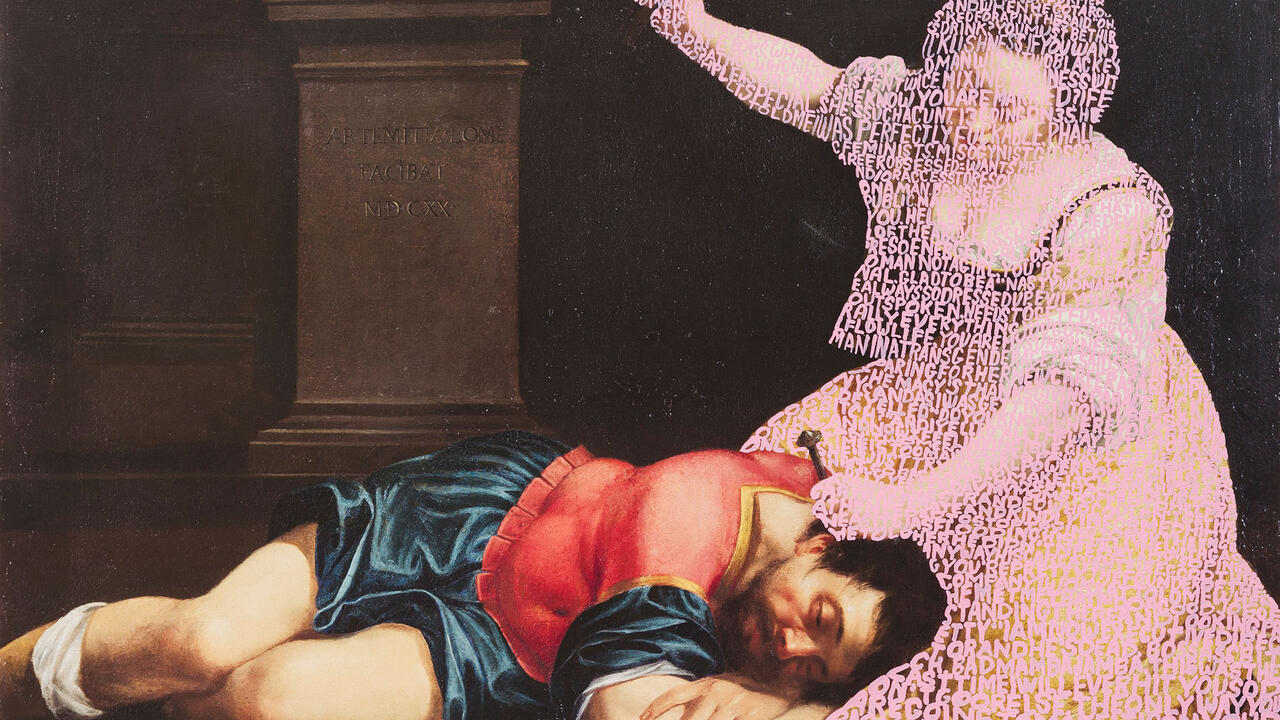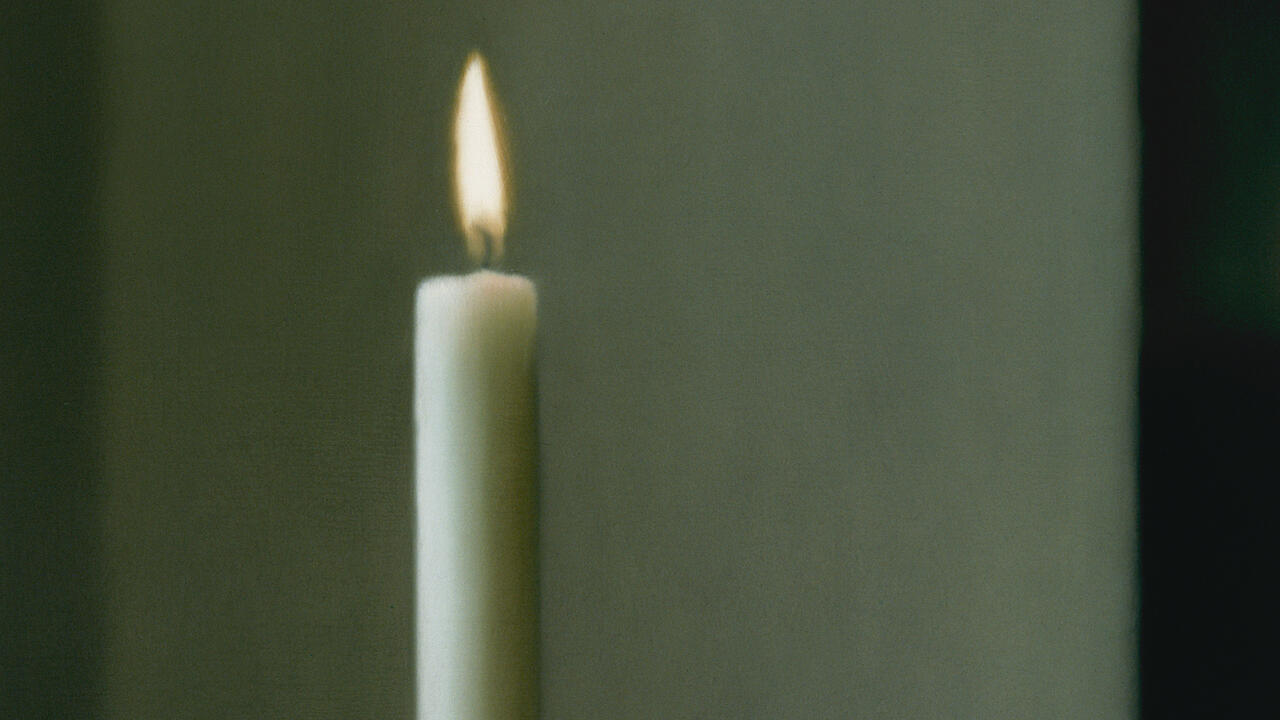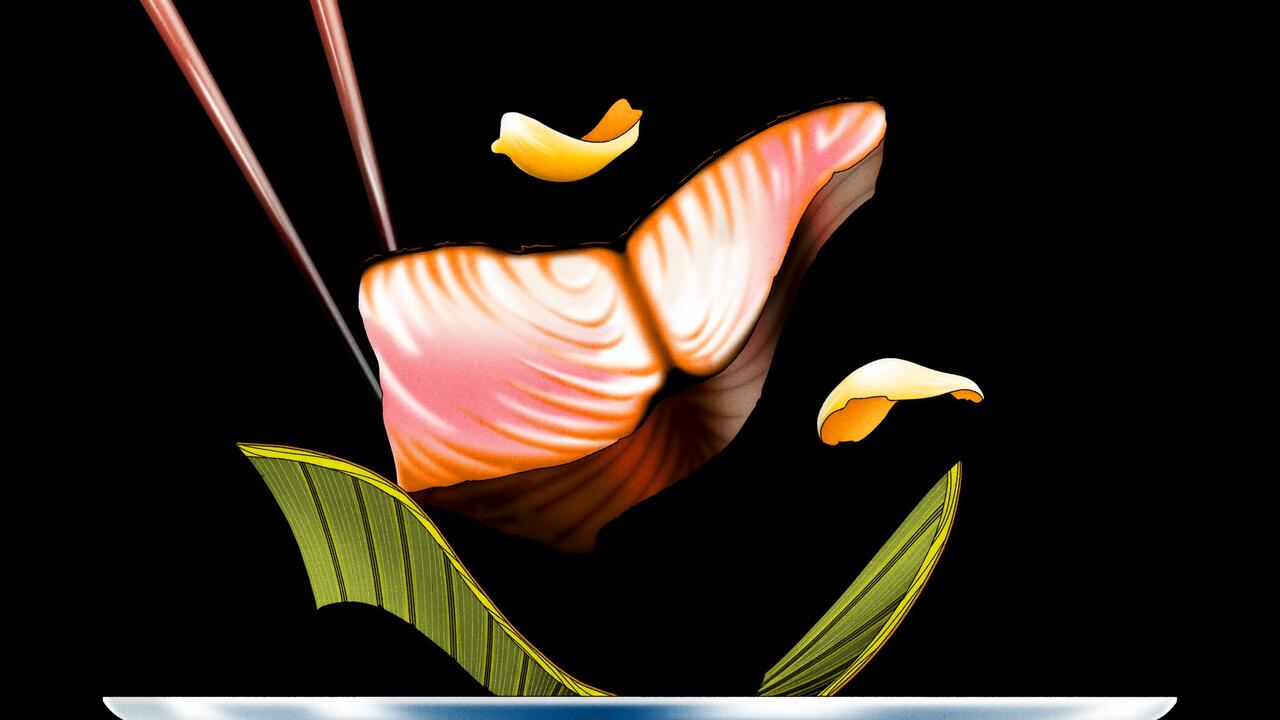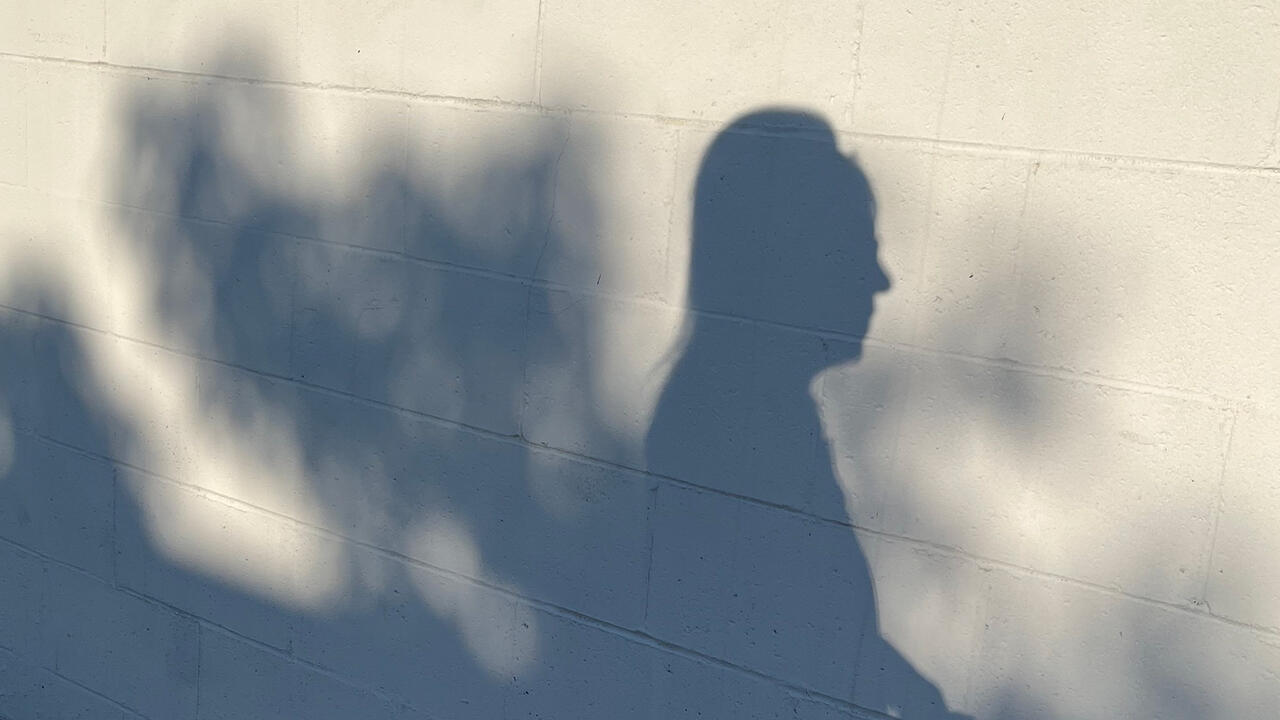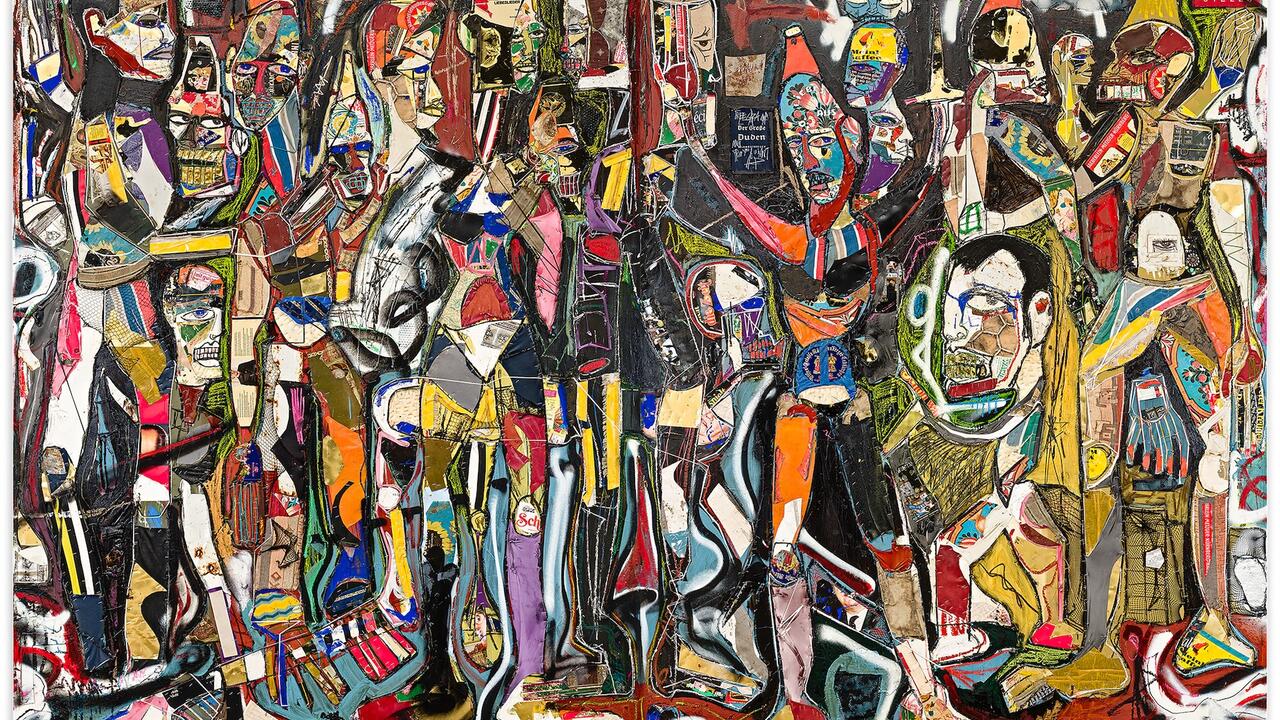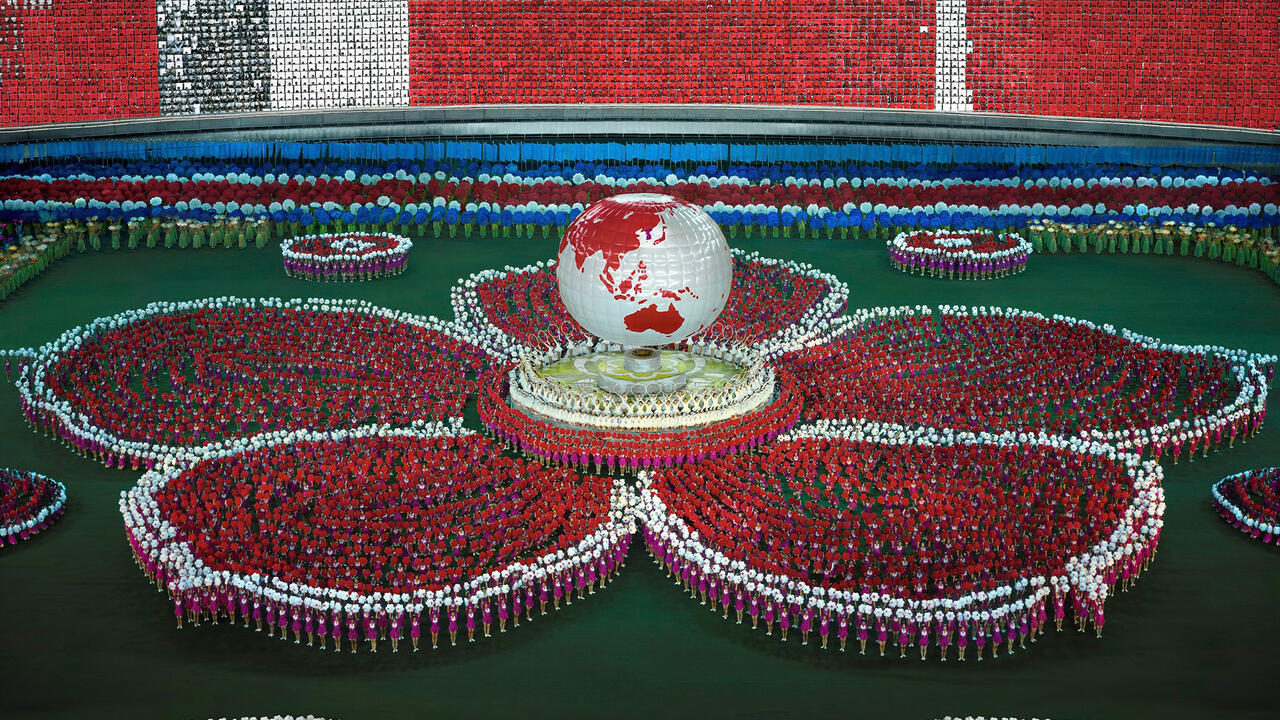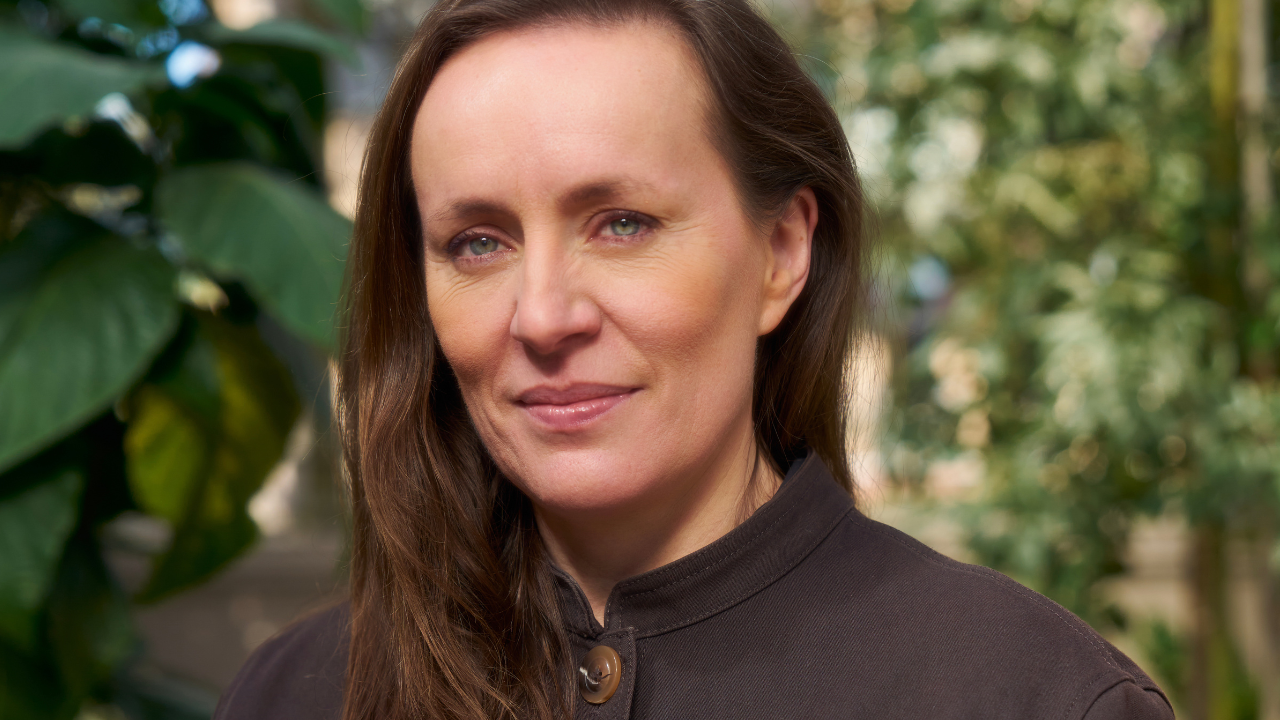Murderous Writing: An Interview with Enrique Vila-Matas
As an exhibition of works selected by the Spanish author opens in London, he discusses realism, ambiguity and why he doesn’t want to be a ‘curator’
As an exhibition of works selected by the Spanish author opens in London, he discusses realism, ambiguity and why he doesn’t want to be a ‘curator’

‘We should really be spending every possible moment pondering the obscure reasons why it is that certain images prove so ineradicable – for example, someone gazing out at a lake or a woman with her back to us.’
So writes Enrique Vila-Matas in Cabinet d’amateur – An Oblique Novel, a newly published text to accompany his curation of works from ”la Caixa” Collection of Contemporary Art, which opened at London’s Whitechapel Gallery on Thursday. This is the first in a series of presentations from la Caixa’s collection at the gallery, each of which will be selected by a writer (Maria Fusco, Tom McCarthy and Valeria Luiselli are to follow). ‘Select’ is the operative word here: the show contains just six artworks. It turns upon a portrait by Gerhard Richter of the turned back of his second wife, Isa Genzken, made in 1993, the year of their separation. Her soft-focus, photo-realist skin is luminous against the gaping black of a doorway. ‘Authenticity comes from being faithful to just one thing: the ambiguity of experience,’ Vila-Matas writes: Richter is a painter who paints about painting, in the same way that his own literary career has always been concerned with the history and act of writing. Artistic figures, real and imagined, litter Vila-Matas’s novels; he even appears as a living work of art in The Illogic of Kassel (2013), about a writer-in-residence installed in a Chinese restaurant in the town for the 100-day duration of dOCUMENTA (13). This is the first time he has curated – or, as he insists, ‘selected’ – an exhibition.

Amy Sherlock Is this the first time you have curated an exhibition?
Enrique Vila-Matas Yes, but I’m not a curator – I’m just the selector. The person who chose the works.
AS What is the difference?
E V-M Selector is less presumptuous. I’ve worked with editors before who believe that what they choose to publish is theirs, their work. I don’t consider myself to be the author of these artworks. Nor do I aspire to be any kind of curator.
There is a certain affinity between the process of selection and the process of writing: to write is to choose your own world, which means casting aside that which is not of interest to you. In other words, I have to set aside Raymond Chandler, although I like him very much, because he’s not of interest for what I’m trying to do. And I set aside Paulo Coelho, because he’s of no interest at all.

AS Were there works by particular artists in la Caixa’s collection that you knew immediately you would include?
E V-M Gerhard Richter. I consider him to be the axis of the whole exhibition. The painting [I.G., 1993] is the entry point or the gateway into the show: you enter through the darkness of the painting. That work is also the entry point in relation to my own literary biography: because I started writing, when I was very young, with my back to the reader.
AS What do you mean by that?
E V-M My first book, which has not been translated into English, is a detective story about a manuscript that was passed around and caused the death of the reader. The literary conceit was that the person who read my novel also read this manuscript, which was contained within it. I wrote it in Paris, when I lived there in the attic belonging to Marguerite Duras. One day, she asked me: ‘What are you writing?’ (She didn’t know if I was a writer or not: at least, she didn’t believe that I was a writer simply because I was renting her attic.) I explained that I was writing a book that brings about the death of the reader. ‘Impossible,’ she told me. ‘It can’t be done.’
AS Poisoned paper?
E V-M Perhaps. Something that cuts you and gets into your blood stream … But her answer made me realize that I had to create a literary effect that was something like an assassination. The idea was to write with my back to the reader, to disappear. I was also thinking about Miles Davis, who came to perform in Barcelona during the years of the Franco dictatorship. He caused an outcry because he performed on stage [at the Palau de la Música Catalana] with his back to the audience – probably, in reality, because he wanted to be alone with his trumpet …

AS If I can ask a simple question: whom do you write for?
E V-M Well, you are getting ahead because, of course, I didn’t go on writing in order to kill the reader. It changed. If, initially, I wrote to shut the reader out, it was out of fear – because I didn’t want them to find me out; and, maybe, because I also needed to concentrate within myself. Later, I began to realize that I had to communicate.
AS Art has always been an important part of your literary output.
E V-M Yes, it was already there in A Brief History of Portable Literature [1985, about a secret society whose members include Aleister Crowley, Marcel Duchamp, Georgia O’Keefe and Francis Picabia and Tristan Tzara] and even in my first stories.
AS Like many people, I was first aware of your intersection with the art world through The Illogic of Kassel (2014), the book that you wrote as a result of your time as ‘writer in residence’ at dOCUMENTA (13) in 2012. In that instance, you wrote from the perspective of an artwork, or an installation, that had been exhibited.
E V-M That is the joke I make in the book. It’s an ironic book, a book with a sense of humour. Many people think that what I wrote in The Illogic of Kassel is what I actually experienced. It isn’t.
AS That is the case in a lot of your work: there is a game of autobiography and fiction.
E V-M In all of my works, the autobiographical part is very small. You don’t know anything about me, in actual fact. That’s why I write: so that nobody knows anything. If I were to write about the things that actually happen to me, I’d be extremely bored. I write to amuse myself. That isn’t to say that I don’t suffer to get it right but, basically, I want to have a good time.
AS If that’s what writing is for, what is art for?
E V-M I think that art is company. It goes with you. In The Illogic of Kassel, I write about art as being what happens: it’s what is going on all around. It’s like air.
There was one particular piece in Kassel [This Variation by Tino Seghal]: you went into a dark room, you had no idea what was going on in there because you couldn’t see anything at all. At certain points there would be noise, you might feel someone touch you; but then, nothing, everything disappeared. You can’t find that work of art: it no longer exists. I went every day and every day it was different.
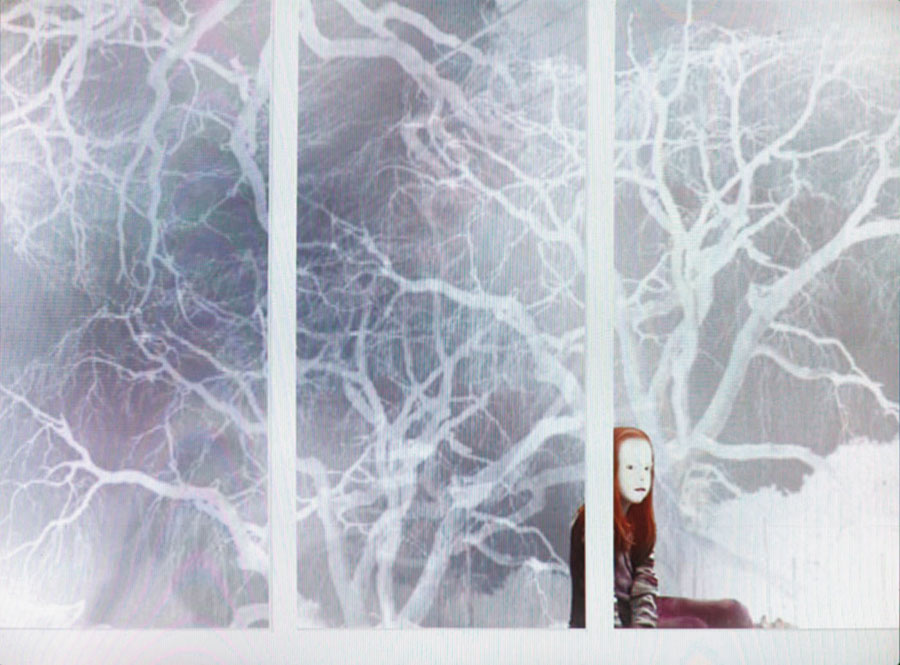
AS Dominique Gonzales-Foerster’s ‘Chambres’ [Rooms] from the 1990s, one of which you have installed in the exhibition, are a bit like that. You always imagine that you are going to come across something happening in there. But, of course, you never do.
E V-M This installation [Petite, 2001] is from her Tokyo period. When I asked her what this room meant to her, she explained to me that it wasn’t about memory or melancholy, but that it relates very specifically to Japan. Japan is a world of closed rooms, of ghosts. There are Japanese films in which ghosts come out of the computer screen …
AS How did you and Dominique meet?
E V-M She wanted me to work with her on a project in Granada, in the house of Federico García Lorca. She had read some of my books Doctor Pasavento [2005], Bartleby & Co. [2000], Montano’s Malady [2002] and she wanted to collaborate. She wanted to do something in Lorca’s parents’ room. We didn’t end up working together, but a very strange thing happened: we arrived at the hotel in Granada at exactly the same moment. That’s how we met. Since then, we have been great friends.
When Dominique had her retrospective at the Pompidou in Paris, there was one Chambre for which I was the only person in the world with a key. It was room number 19 – after a Dirk Bogarde film, a kind of fantasy [So Long at the Fair, 1950]. I went to Paris, found the room, took out my key and unlocked it. Inside there was a suitcase, which I was told had belonged to Marlene Dietrich. There was also another door, which I tried to open. The key didn’t work. Apparently, if I had gone back to the exhibition a second time, I would have been able to unlock the second door. But then the terrorist attacks happened [in November 2015] and I didn’t return to Paris for some time. So the story didn’t continue.
The funny part is that, in Barcelona, many people who were no great friends of mine asked for the key. Of course, I said no, because I was enchanted by the idea of a secret room for me.
AS In terms of what you were saying earlier about the character in your books not being you, Dominique also plays on that in her work.
E V-M Dominique likes apparitions; transforming into other people. And ghosts.
AS Are there other artists with whom you would like to work?
E V-M Frankly, no. I’m a writer, and I am very fearful of my territory being invaded.
Translation by Lucía Álvarez de Toledo.
‘”la Caixa” collection of contemporary art: Selected by Enrique Vila-Matas’ is at Whitechapel Gallery, London, until 28 April.
Main image: Carlos Pazos, Milonga, 1980, hand-coloured photograph with collage and fluorescent light, 1.1 × 1 m. Courtesy: © Carlos Pazos, A+V Agencia de Creadores Visuales, 2019








